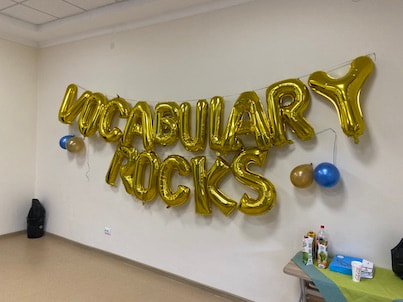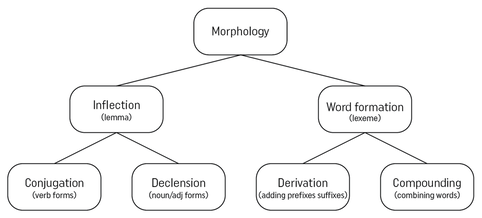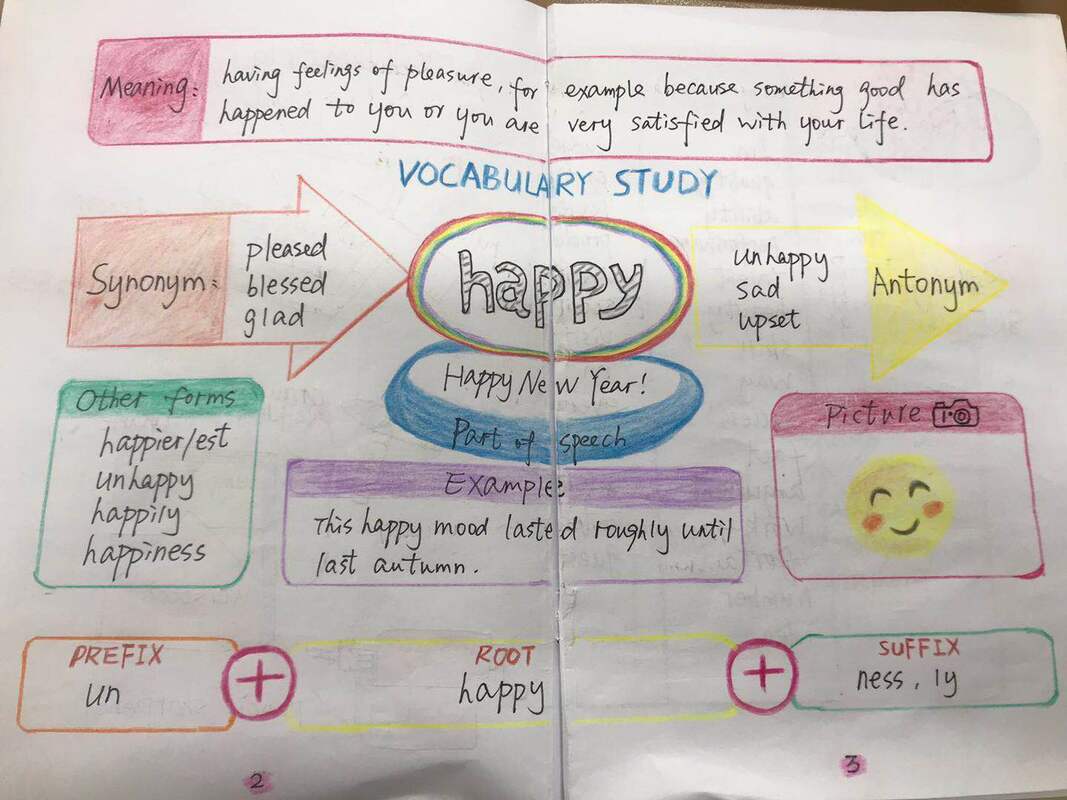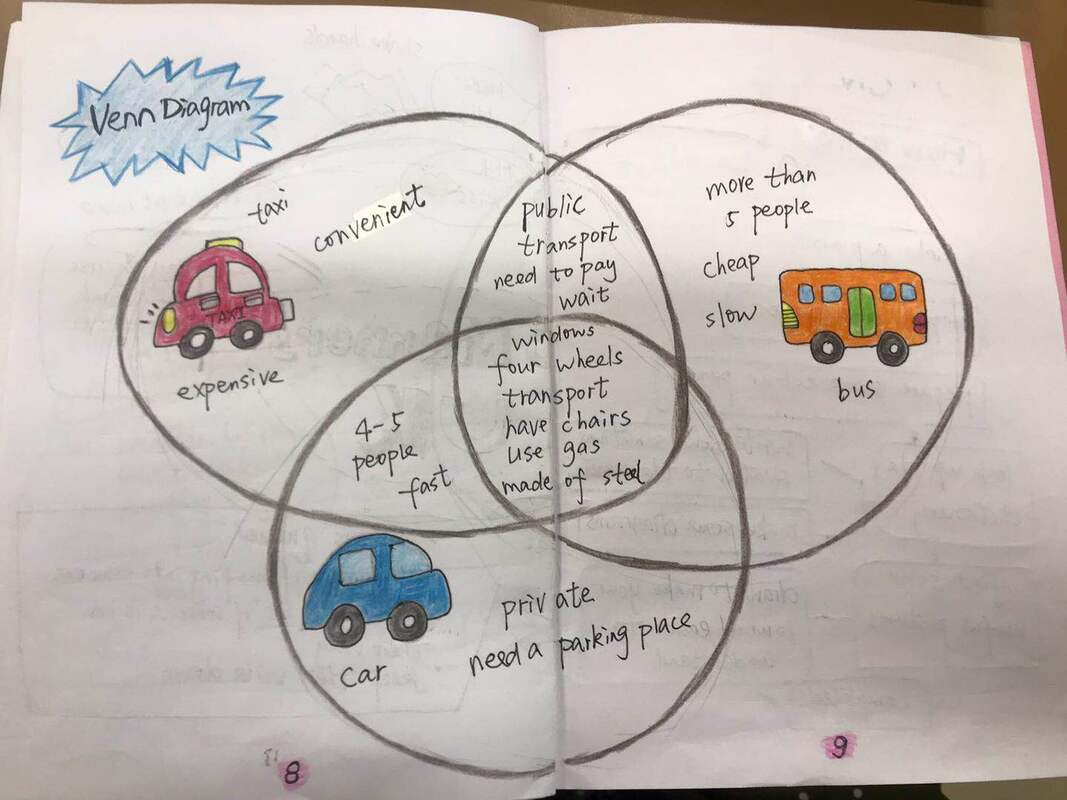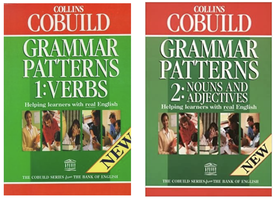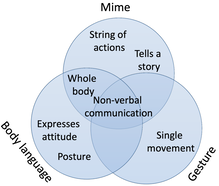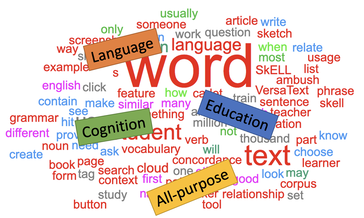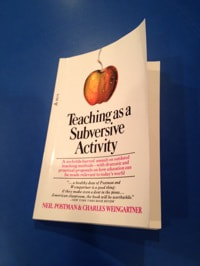The Versatile ELT BlogA space for short articles about topics of interest to language teachers.
Subscribe to get notified of
|
Imperfect passiveI asked ChatGPT for ten passive sentences about the topic of connectionism. As usual, the sentences are bland and inauthentic. But this is one was also problematic.
Consider yourself warned.
1 Comment
A day in the life
My Tashkent students threw an end of "Vocabulary Strategies" course party. Everyone knows what a word is, right?So, how many words are in this sentence?
If our definition of a word is a string of letters surrounded by a space or punctuation, it is the same as our computer’s word counts. These are known as orthographic words. We count strike and struck as two word forms of the lemma strike. The other word forms are strikes, striking, stricken. We can distinguish tokens - the number of orthographic words in a sentence or text from types - the number of different word forms. In the next sentence, strike is a noun and a verb. This is variously known as conversion and zero derivation. These are different lemmas – a lemma is the set of word forms of one part of speech. The noun lemma is strike, strikes.
Is flight attendant one word or two? In the next sentence, we have a phrasal verb and a compound adjective.
The two orthographic words create these lexemes, i.e. units of meaning. Lexemes can be single words or compounds. Flight attendant is a compound noun, i.e. a lexeme. It is not a collocation because the two words in a collocation retain their individual meanings, e.g. end strike in the second sentence and good approach in the third – best being part of the lemma good. The set of word forms that are formed from a single word are a word family. If you fill the Taxonomy of Morphology with all the word forms of strike, you will have depicted its word family. In addition to the word forms of strike we have already seen, it might include misstrike, overstrike, outstrike, pre-strike, re-strike, strikeout, strike-through, striker, striking (adj), strikingly. Taxonomy of Morphology This may seem like a lot of trouble to go to to answer a question about the number of words in a sentence. In fact, counting words is just a task that draws attention to the issue. Having a superior conceptual grasp of “word” allows students to complete the Taxonomy of Morphology for any lexical items they are studying. Ideally they would observe them whilst reading, listening and watching and add them to their stunningly visual or visually stunning vocabulary notebooks. This would be the impetus for seeking out more word forms of a target word. Halliday considered the term lexical item less indeterminate than the folk-definition of word as he called it. Our students deserve more than the folk definition. They don’t have folk definitions of concepts of physics, chemistry, biology, literary devices and other conceptual networks that they study at secondary school and beyond. They don’t even have folk definitions of the passive voice, articles, conditionals, subordinate clauses and other grammatical concepts when learning English. Their knowledge of vocabulary is however profoundly superficial. We are not helping our students develop their active vocabulary if they cannot distinguish a collocation from a compound noun, if they do not know the properties of phrasal verbs and delexical verb structures, if they do not know that the relationship between vehicle, car and sedan is systematic, if they are unaware of the patterned use of prepositions with nouns, verbs and adjectives as comprehensively demonstrated in these two books from COBUILD. If students are to observe the properties of the words that they encounter in their input so that they can use them in their output, they need to know what a word is and what the properties of different types of words are. Students can learn a great deal of language through learning about language, and this in turn equips them to learn. The standard fare of bilingual lists, flash cards and gapfills reside on the bottom rung of Blooms’ Taxonomy, unlike creatively recording their observations of language in use. Every property of a word begets a learning task. When students structure their vocabulary in mind maps, word roses, word constellations, flow charts, Venn diagrams, semantic features tables, word profiles and the rest, they are engaging higher order thinking skills, they are negotiating with classmates, they are using a lot of words that are related to the target words, some of which may be new or being used in new ways, while others are being recycled. Their higher order thinking skills are also being exercised when they annotate vocabulary features of whole texts. They can trace the topic trails, the different uses of repeated keywords, the collocations and colligations that the author has used. When the students are engaged in wide reading and observe patterns in the use of key words in CLIL, ESP, EMI or general English projects, they learn their genre and register specific usages. This plays a significant role in acculturating students into the conceptual and linguistic milieu of their field.
Only students can learn vocabulary. Teachers can teach them about vocabulary and provide them many vocabulary learning strategies, many of which depend on an awareness of lemmas and lexemes, types and tokens, collocation and colligation, word templates and topic trails. And the rest! There is much to be done. Once you have learned how to ask questions, you have learned how to learnThe title of this post comes from Postman and Weingartner's influential book, Teaching as a Subversive Activity (1969). This thinking can be applied to the study and teaching of any subject. In terms of language learning, it is safe to say tht once students are equipped with new linguistic concepts, they can formulate hypotheses and develop a new range of questions that can then be explored in texts. They write: Knowledge is produced in response to questions. And new knowledge results from the asking of new questions; quite often new questions about old questions. Here is the point: once you have learned how to ask questions – relevant and appropriate and substantial questions – you have learned how to learn and no one can keep you from learning whatever you want or need to [1] know. Their statement, once you have learned how to ask questions, you have learned how to learn, could be a poster in every staffroom in the world. Learning how to learn lies at the heart of the metacognitive dimension of Bloom’s Taxonomy. Producing one’s own knowledge accords with Vygotsky’s knowledge creation and it happens through the data-information-knowledge. Postman and Weingartner’s fifty year-old revolutionary little book remains remarkably relevant. In their chapter, What's worth knowing, the authors bombard us with pages of questions that teachers could well discuss with their students. The first set of questions extracted below, prompts students to consider the nature of change, which they really should ponder if they are going to be subverted! What is 'progress'? What is 'change'? What are the most obvious causes of change? What are the least apparent? What conditions are necessary in order for change to occur? What kinds of changes are going on right now? Which are important? How are they similar to or different from other changes that have occurred? The second extract deals with relationships, another leitmotif of Learning Language from Language (the name of my unfinished book from which this blog post is extracted). What are the relationships between new ideas and change? Where do new ideas come from? How come? So what? If you wanted to stop one of the changes going on now (pick one), how would you go about it? What consequences would you have to consider? The third extract relates to the fundamental importance of language. What does man's language permit him to develop as survival strategies that animals cannot develop? How might man's survival activities be different from what they are if he did not have language? What other 'languages' does man have besides those consisting of words? What functions do these 'languages' serve? Why and how do they originate? Can you invent a new one? How might you start? The final extract contains questions about questions and questioning. They are for teachers to ask themselves. Will your questions increase the learner's will as well as his capacity to learn? Will they help to give him a sense of joy in learning? Will they help to provide the learners with confidence in his ability to learn? In order to get answers, will the learner be required to make inquiries? (Ask further questions, clarify terms, make observations, classify data, etc.?) Does each question allow for alternative answers (which implies alternative modes of inquiry)? Will the process of answering the questions tend to stress the uniqueness of the learner? Would the questions produce different answers if asked at different stages of the learner's development? Will the answers help the learner to sense and understand the universals in the human condition and so enhance his ability to draw closer to other people? Processing such questions leads to ditching old modes of thinking and replacing them with new modes of thinking, the very definition of subversion.
|
To make a comment, click the title of the post.
Archives
July 2024
Categories
All
|


